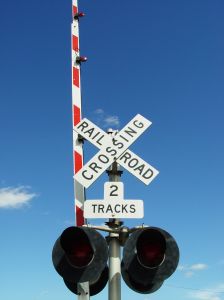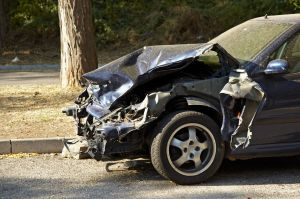 As shown in recent blog postings, our San Francisco insurance attorneys follow all the relevant legal and political developments in insurance law, particularly as they affect Californians. This blog has covered potential changes to laws relating to automobile insurance, flood insurance, and insurance coverage for autism, to name a few. Another interesting development in California insurance law is Assembly Bill 1734 introduced by Assemblyman Curt Hagman in February.
As shown in recent blog postings, our San Francisco insurance attorneys follow all the relevant legal and political developments in insurance law, particularly as they affect Californians. This blog has covered potential changes to laws relating to automobile insurance, flood insurance, and insurance coverage for autism, to name a few. Another interesting development in California insurance law is Assembly Bill 1734 introduced by Assemblyman Curt Hagman in February.
This bill proposes to provide choices to policyholders when an insurance company becomes insolvent and is liquidated by the state. It also would, if enacted, provide the policyholders with information regarding their claims, the financial security of the company in liquidation, and the expected length and result of the liquidation. In general, liquidation of these companies and sorting out payment for claims and paying creditors can take a decade or more.
When an insurance company becomes insolvent, the Insurance Commissioner terminates the business by cancelling policies and not issuing or renewing policies. Then, if it is determined that the company cannot be rehabilitated or saved, the assets of the company are transferred to the California Department of Insurance’s Conservation and Liquidation Office (CLO) (http://www.caclo.org/perl/), which sells off the assets to pay policyholder claims and other creditors. The CLO operates as a fiduciary for the claimants until the assets are dispersed and the claims are paid. California also has the California Insurance Guarantee Association (CIGA) and the California Life and Health Insurance Guarantee Association (CLHIGA) to help meet the obligations of insolvent insurers through reviewing and paying claims. When a claim is either not covered by one of these organizations or it exceeds the maximum amount (except in worker’s comp cases, CIGA has a $500,000 limit), the CLO steps in with the proceeds from the asset sales.
 San Francisco Injury Lawyer Blog
San Francisco Injury Lawyer Blog













 As your
As your  One of the most publicized substances that has led to countless work-related sicknesses is asbestos. There are six major types of asbestos and the substance was widely used for many years because of its commercially beneficial properties. Asbestos fibers are resistant to heat and many chemicals, leading to use in a range of construction elements as well as textiles, cement, and protective coatings. Historians believe asbestos was used as far back as the first century A.D. and asbestos was a popular building material as recently as the 1970s and 1980s.
One of the most publicized substances that has led to countless work-related sicknesses is asbestos. There are six major types of asbestos and the substance was widely used for many years because of its commercially beneficial properties. Asbestos fibers are resistant to heat and many chemicals, leading to use in a range of construction elements as well as textiles, cement, and protective coatings. Historians believe asbestos was used as far back as the first century A.D. and asbestos was a popular building material as recently as the 1970s and 1980s. Our
Our  An Amtrak train smashed into a big rig that was partially stopped on the tracks on Thursday, March 8 according to the
An Amtrak train smashed into a big rig that was partially stopped on the tracks on Thursday, March 8 according to the 
 Our
Our  Slips and falls are by nature unexpected- but the causes are often predictable. Some of the more
Slips and falls are by nature unexpected- but the causes are often predictable. Some of the more